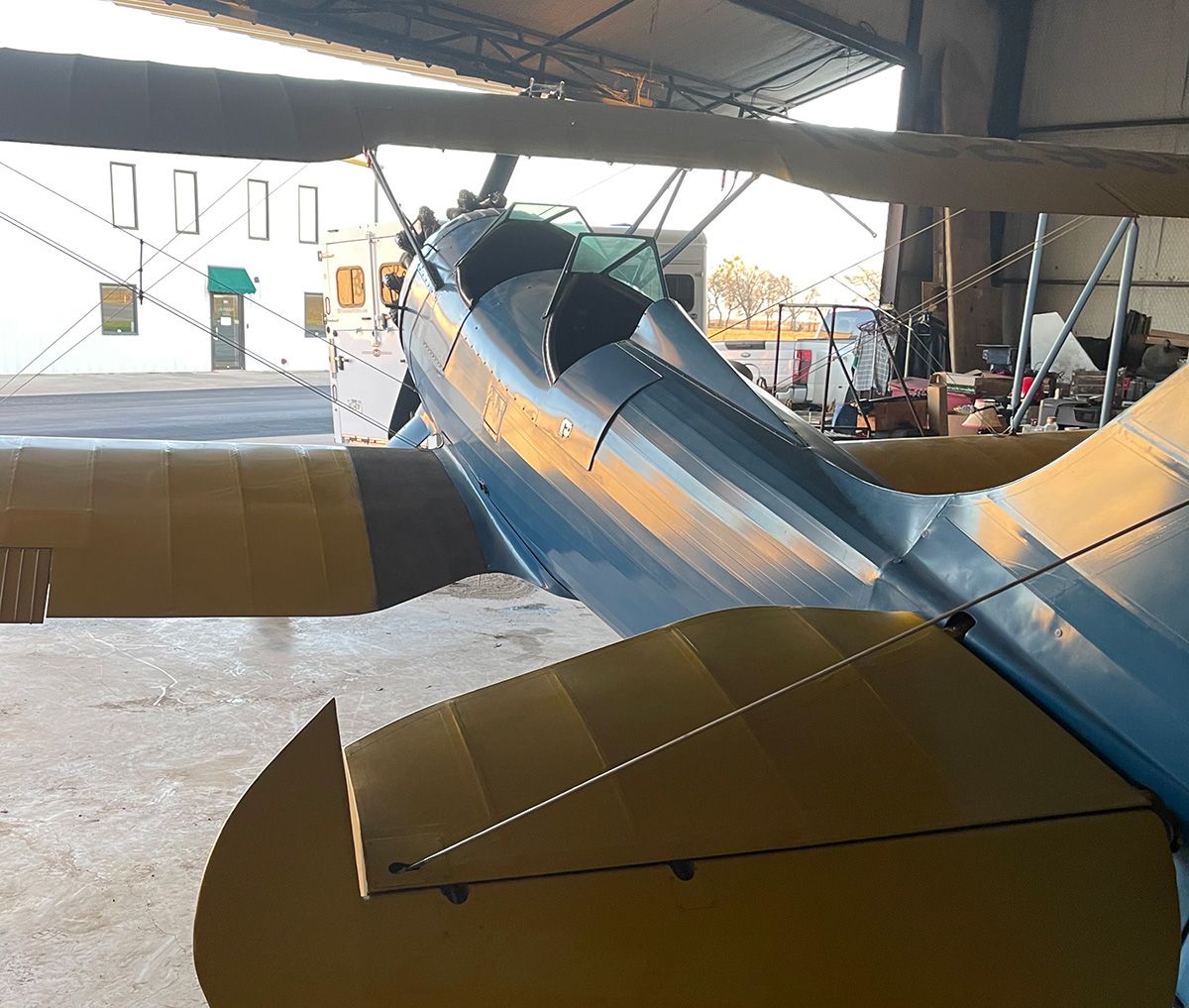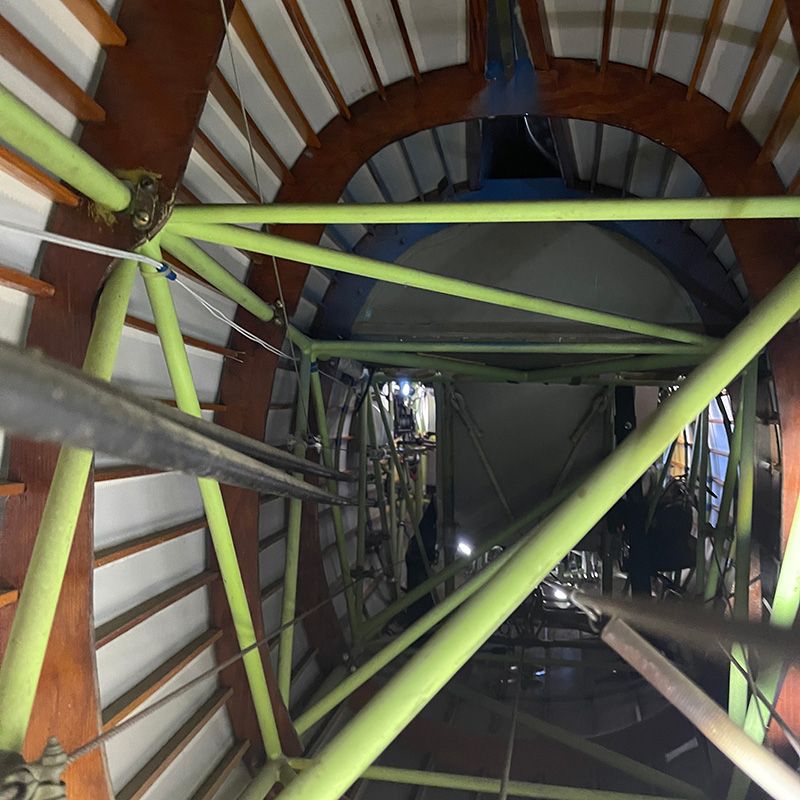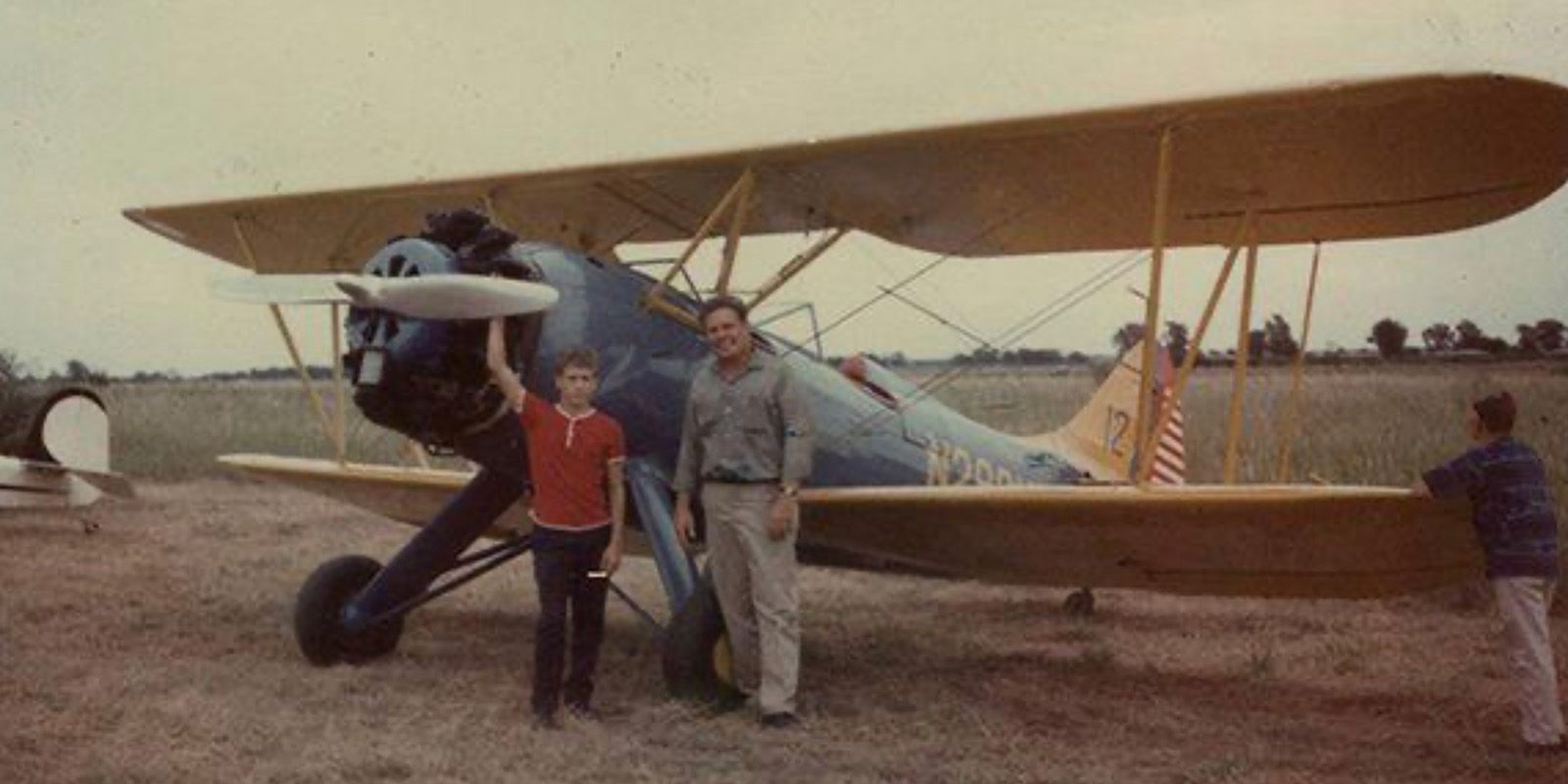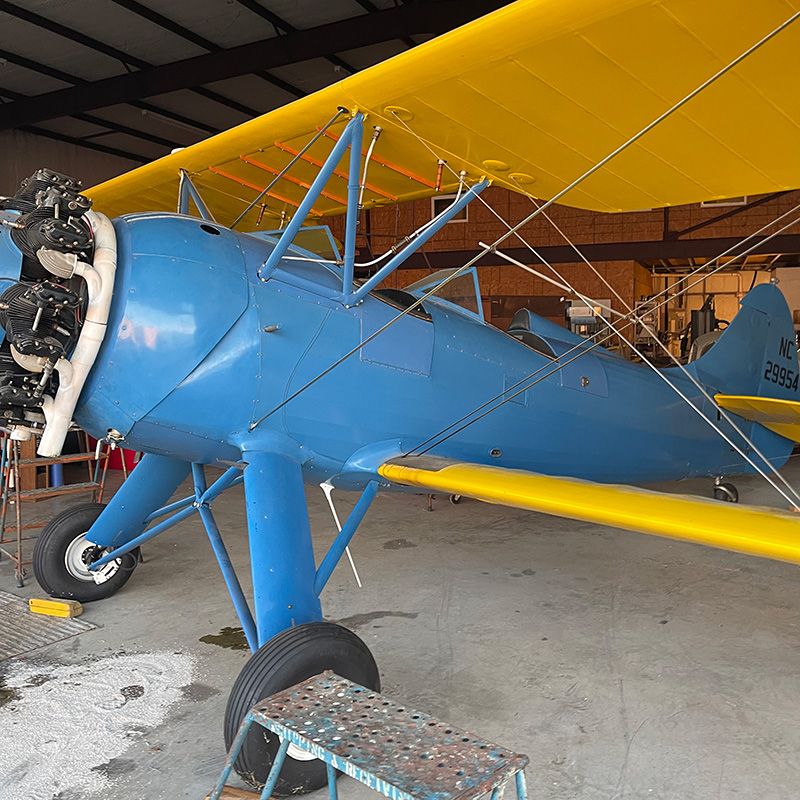1940 WACO UPF-7
"Lola"

I’ve always been a fan of WACO aircraft. Well…sort of. I started out flying Stearmans and developed a deep seated belief that Stearmans were the cats pajamas... but then one day my father casually said “Son, if you ever get to fly a WACO, you’ll like it better than a Stearman.” I never figured to have the chance really. Stearmans (at least the ones I flew) were work airplanes. Haggard and dirty crop dusters that almost always smelled like malation. WACOs, however were a rarity, polished and pretty ...prized posessions and the apple of their owners eye. Years later, his words came true when in fact I did get to fly an F2, then a bunch more models (Thank you John Cournoyer!), then lastly a UPF-7. Dads words had some basis, but its sort of like comparing apples to oranges, and I think he sortof underestimated my love for all things flying. In a word, a Stearman is robust. A flying bridge truss as it were. A WACO, any model, is lighter, simpler, and has better balance, but they are both really really fun. Clydesdale to Quarter Horse, I like them all, and we’re so blessed to have them both here at the museum.
The UPF-7 has a great story. They’re beautiful airplanes, curvy and sleek, the last in a long line of open cockpit biplanes manufactured by a company with grit and determination. A UPF-7 is like a stone on a riverbed eroded over time by the water. There are no rough edges on a UPF-7, just graceful lines and refined flying qualities that the other earlier models don’t have. Because of this refinement, they’re very desirable among antique aviation enthisiasts today. I keep using the word “balance,” but truthfully, it’s about the only way I can describe it. “Nimble” doesn’t, thats a Pitts or a Skybolt. “Forgiving, with no bad habits” works, but that describes a lot of airplanes from a Cub to a 737. Really, with that big wide gear and the locking tailwheel, a UPF-7 is simply “just right” in everything. They’re delightful on the ground, and in the air, pure heaven. Did I mention the cockpits? Oh my…they’re huge compared to most! Now lets add the ability to carry 2 folks up front... well, stick a fork in me…I’m done! That’s also why everyone else loves them too, so much so that the Kasper family kept this airplane as a member of their family for 50+ years before generously donating it to our little museum. I’ll write more on the Kasper family with this particular airplanes history (their story is entwined and as fascinating as the airplanes!) The last picture is Gary Kasper, 11 years old, and Frank Price standing in front of the airplane. Gary is in his late 60s now, and the man who generously donated the airplane to us. Frank Price was another Ft. Worth legend. You might have heard of him...he flew the Bücker Jungmeister (portraying Ernst Kessler) in the movie “The Great Waldo Pepper.” He was an Aerobatic wonder, and a great guy to boot! It's from that movie our WACO gets its name "Lola"... the name of Kessler's aircraft.
In 1939, the US Army Air Corps could see the writing on the wall, that War was inevitable and we needed to train pilots ASAP to meet future Military demands. The CPT (Civilian Training Program) was enacted, and eligible young students were selected to learn to fly at various flight schools and Universities funded by the US government. Aircraft manufacturers competed for military training aircraft contracts, and in a nutshell, Stearman won the Army contract, and WACO with a few other manufacturers designes were slated mostly for the civilian programs. To that end, WACO built less than 600 UPF-7s, with the vast majority going directly to CPT Flying schools where they were used for training college students to fly. This particular WACO went to Iowa Airplane Co. in Des Moines, IA, where it remained until the program ended in 1944. During the war, WACO production shifted mainly to producing wooden troop gliders, and UPF-7 production ceased in 1942.


